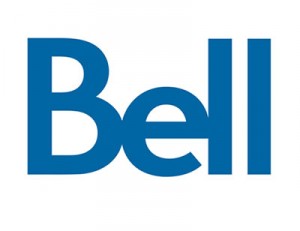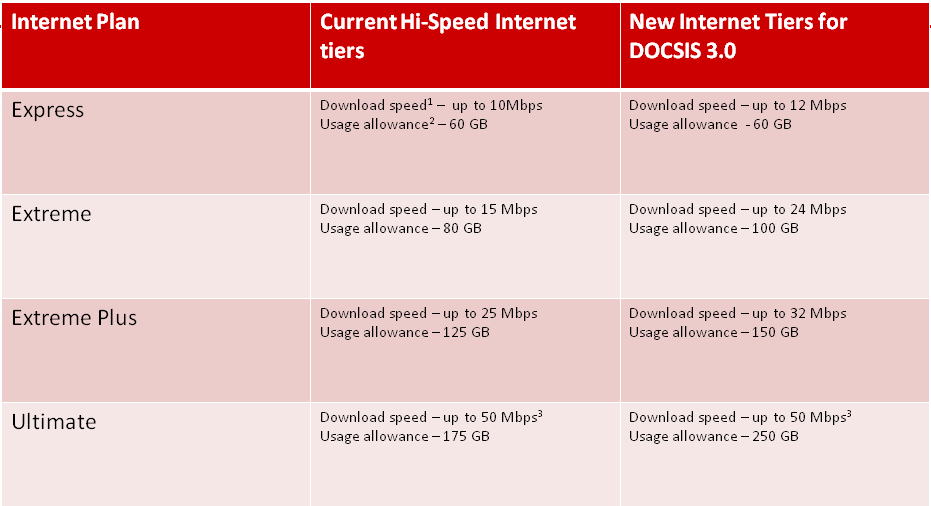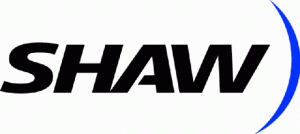 When is a cable, wireless, and video rental conglomerate big enough to start its own financial institution? When it achieves the size and scope of Rogers Communications.
When is a cable, wireless, and video rental conglomerate big enough to start its own financial institution? When it achieves the size and scope of Rogers Communications.
Rogers announced, through a tiny legal notice filed over the weekend, it had taken the first steps to achieve its ambition of launching Rogers Bank:
ROGERS BANK
APPLICATION TO ESTABLISH A BANK
Notice is hereby given, pursuant to subsection 25(2) of the Bank Act (Canada), that Rogers Communications Inc. intends to apply to the Minister of Finance for the issue of letters patent incorporating a bank under the Bank Act (Canada) primarily focused on credit, payment and charge card services.
The bank will carry on business in Canada under the name of Rogers Bank in English and Banque Rogers in French, and its head office will be located in Toronto, Ontario.
Any person who objects may submit an objection in writing to the Office of the Superintendent of Financial Institutions, 255 Albert Street, Ottawa, Ontario K1A 0H2, on or before October 24, 2011.
If approved by the Minister of Finance, don’t expect to get your next home mortgage or checking account from the cable company. Rogers Bank intends to focus mostly on the payment services business, according to the application. Among the potential angles to be pursued by Rogers Bank:
- Offering a Rogers-branded credit card to interested customers, perhaps tied to a rewards program;
- Getting a substantial discount processing credit card payments and the growing popularity of mobile micropayment services, which allow consumers to purchase items from vending machines, parking meters, and other in-person transactions using a mobile phone;
- Offering its own payment transfer service, similar to PayPal;
- Leveraging credit opportunities by running the credit-granting institution inside the company, instead of appealing to outside institutions.
Rogers’ idea, while unusual, is not unique. Canadian Tire and Loblaw both operate their own “banks,” primarily for financing products and services.


 Subscribe
Subscribe









